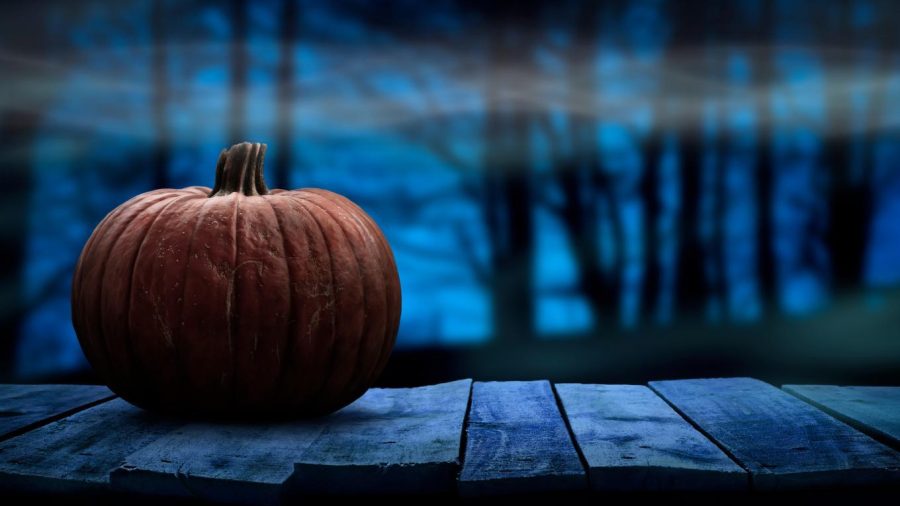This month’s holiday article is about the intriguing history of Halloween. This topic is not only relevant because of the date, but because of the many interesting yet esoteric details about Halloween. Halloween’s origins date back to the ancient Celtic festival of Samhain. The Celts, who lived 2,000 years ago, mostly in the area that is now Ireland, the United Kingdom and northern France, celebrated their new year on November first. This day marked the end of summer and the harvest as well as the beginning of the dark, cold winter; a time of year often associated with human death. Celts believed that on the night before the new year, the boundary between the worlds of the living and the dead became blurred. On the night of October 31, they celebrated Samhain, when it was believed that the ghosts of the dead returned to earth, which is now known as Halloween.
In addition to causing trouble and damaging crops, Celts thought that the presence of the otherworldly spirits made it easier for the Druids, or Celtic priests, to make predictions about the future. For a people entirely dependent on the volatile natural world, these prophecies were an important source of comfort during the long, dark months ahead. To commemorate the event, Druids built huge sacred bonfires, where people gathered to burn crops and animals as sacrifices to the Celtic deities. During the celebration, the Celts wore costumes, typically consisting of animal heads and skins, and attempted to tell each other’s fortunes. When the celebration was over, they re-lit their hearth fires, which they had extinguished earlier that evening, from the sacred bonfire to help protect them during the coming winter. The celebration of Halloween was extremely limited in colonial New England because of the rigid Protestant belief systems there. Because of this, Halloween was more commonly recognized in Maryland and the southern colonies.
As the beliefs and customs of different European ethnic groups and American Indians meshed, a distinctly American version of Halloween began to emerge. The first celebrations included “play parties,” which were public events held to celebrate the harvest. Neighbors would share stories of the dead, tell each other’s fortunes, dance and sing. This long, complicated history is how the holiday Halloween started and became what we know today. So, while you’re walking from house to house or slipping into your newest costume, take a moment to remember the narrative behind our modern tradition of candy and scary movies.
Reference

